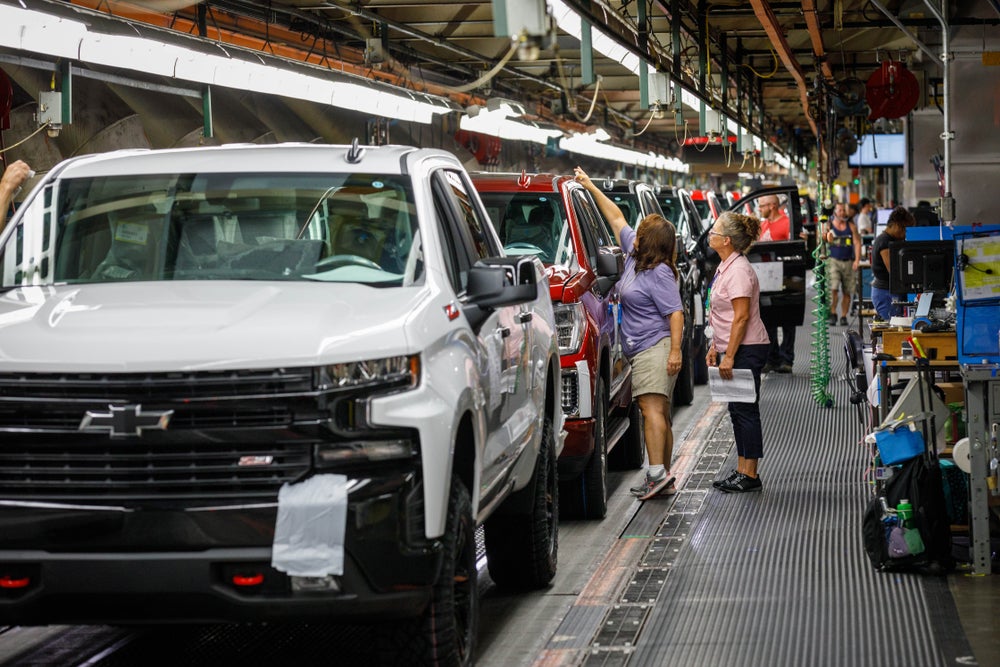
General Motors (GM) has given notice to 200 engineers that their positions are being eliminated as part of a wider cost-cutting exercise. The US auto giant said in a statement that it “is taking steps to rebalance our engineering resources to better align with our growth strategy.”
In April, the company announced a significant reduction to its headcount, with 5,000 workers accepting voluntary buyouts in a move calculated to save some $1bn per year in costs.
The most recent announcement has come amid ongoing negotiations over worker contracts between the Detroit Three (GM, Ford and Stellantis) and the United Auto Workers (UAW) union. Earlier this month, Bloomberg reported that the contract proposals made by the UAW would impose in excess of $80bn in labour costs on each of the automakers over the length of the contract.
GM’s cost-cutting strategy, however, appears to be delivering the desired savings: in its Q2 results, the company lifted its full-year profit guidance, saying that it now expects full-year 2023 net income of between $9.3bn and $10.7bn. The automaker’s new “cost discipline” involves reduced capital investments, as well as cuts across marketing and overheads.
This focus on profitability over growth follows pressures on GM’s profit margins, with H1 2023’s adjusted EBITDA margin standing at 8.3%, down by 0.6 percentage points from H1 2022.
According to GlobalData’s analytics, GM’s total job postings have decreased by 47% year over year, from 8,789 over January to mid-August 2022 to 4,683 compared to the same period in 2023.
This contrasts with Tesla’s healthy recruitment numbers, with job postings having increased moderately (9%) in 2023 from 21,910 over January to mid-August 2022 to 24,141 compared to the same period in 2023.
Our signals coverage is powered by GlobalData’s Thematic Engine, which tags millions of data items across six alternative datasets — patents, jobs, deals, company filings, social media mentions and news — to themes, sectors and companies. These signals enhance our predictive capabilities, helping us to identify the most disruptive threats across each of the sectors we cover and the companies best placed to succeed.






